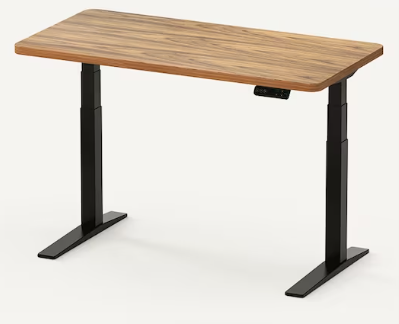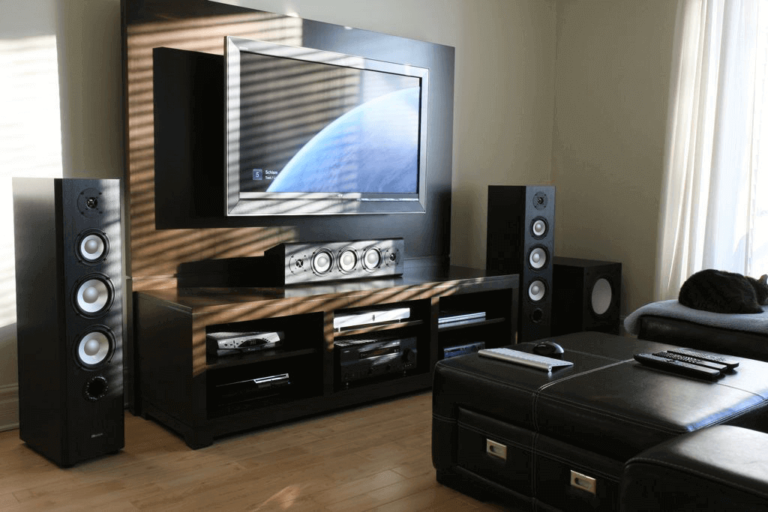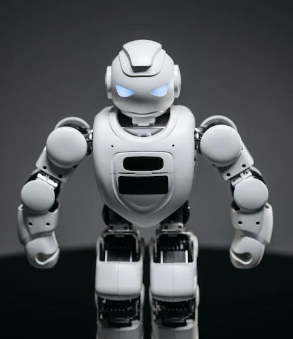The Evolution of Adjustable Standing Desk Designs Over the Years

In recent years, there has been a growing awareness of the importance of ergonomic workspaces for health and productivity. One of the key innovations in this field has been the development of adjustable standing desks. These versatile pieces of furniture have come a long way since their inception, evolving in design and functionality to cater to the diverse needs of modern office and home environments.The concept of a standing desk is not a new one. It can be traced back to ancient civilizations like the Greeks and Romans, who used standing desks to read and write. However, it wasn’t until the late 19th century that adjustable standing desks began to take shape in a form that is somewhat similar to what we see today.
Contents
- Early Designs (19th Century):
- The Height-Adjustable Desk (Early 20th Century):
- The Arrival of Electric Motors (Mid-20th Century):
- Ergonomic Considerations (Late 20th Century):
- Compact and Aesthetically Pleasing Designs (21st Century):
- Integration of Smart Features (Contemporary Era):
- Eco-Friendly and Sustainable Materials:
- Customization for Individual Needs:
- Integration of Health and Wellness Features:
- Conclusion
Early Designs (19th Century):
The early designs of standing desks were primarily utilitarian and lacked the ergonomic considerations we see today. They were often simple wooden or metal structures with a flat surface for writing or working while standing. These desks were not adjustable in height and had limited functionality.
The Height-Adjustable Desk (Early 20th Century):
In the early 20th century, adjustable standing desks started to gain popularity. The most significant development during this period was the introduction of height-adjustable mechanisms. These desks typically featured a hand-crank mechanism or a lever system to change the desk’s height. However, these early designs were often cumbersome and required a fair amount of effort to adjust.
The Arrival of Electric Motors (Mid-20th Century):
The mid-20th century marked a significant milestone in the evolution of standing desks with the introduction of electric motors. This innovation allowed users to effortlessly adjust the desk’s height with the push of a button. It made standing desks more practical for daily use and opened up possibilities for customization.
Ergonomic Considerations (Late 20th Century):
In the latter half of the 20th century, ergonomic principles began to shape standing desk designs. Height-adjustability alone was no longer enough. Designers started focusing on factors such as monitor placement, keyboard and mouse positioning, and cable management to create more comfortable and efficient workspaces.
Compact and Aesthetically Pleasing Designs (21st Century):
As we entered the 21st century, the design of adjustable standing desks took a leap forward. With the rise of technology and the demand for aesthetically pleasing furniture, manufacturers started offering sleek, compact, and stylish designs that could fit seamlessly into modern office and home environments. These desks often featured hidden cables, wireless charging, and a variety of finishes to suit different tastes.
Integration of Smart Features (Contemporary Era):
In the contemporary era, standing desks have become smarter. They can be integrated with various technologies, such as smartphone apps and voice-activated controls, to adjust height and monitor usage. This integration allows users to track their sitting and standing time, receive reminders to change positions, and personalize their workspace even further.
Eco-Friendly and Sustainable Materials:
Another significant trend in recent years is the use of eco-friendly and sustainable materials in the manufacturing of standing desks. Many companies are prioritizing sustainability by using materials like bamboo, reclaimed wood, and recycled metals to create environmentally conscious products.
Customization for Individual Needs:
One of the most notable developments in standing desk design is the emphasis on customization. Many manufacturers now offer options for adjustable desk frames and tabletops that cater to individual preferences, from size and shape to material and color. This level of customization ensures that users can create a workspace that suits their specific needs and style.

Integration of Health and Wellness Features:
To promote better health and well-being, some standing desks are now designed with integrated features like anti-fatigue mats, balance boards, and treadmill attachments. These additions encourage users to incorporate more movement into their workday, which can have positive effects on their physical and mental health.
Conclusion
In conclusion, the evolution of adjustable standing desk designs has been a fascinating journey from simple, static structures to sophisticated, smart workstations. These desks have come a long way in terms of functionality, ergonomics, aesthetics, and sustainability. As the demand for healthier workspaces continues to grow, we can expect even more innovative designs in the future, catering to the ever-changing needs of individuals in the workplace and at home. Standing desks are not just a trend; they are a symbol of our commitment to creating healthier, more comfortable, and productive work environments.





